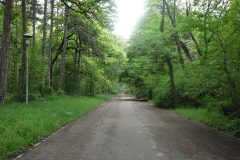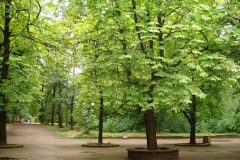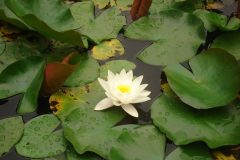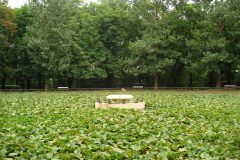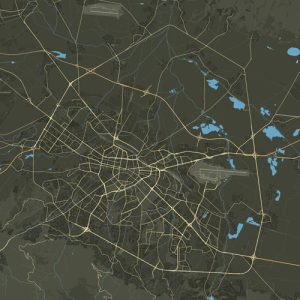Borisova Gradina holds significant historical and cultural importance in Sofia. Here are some key details about the park:
1. Monument of Garden and Park Art: Borisova Gradina is recognized as a monument of garden and park art with national importance. Its status as such was officially declared in 1986.
2. Memorial Bust-Monuments: The park is adorned with memorial bust-monuments dedicated to prominent Bulgarian historical figures. These monuments contribute to the cultural and historical significance of the park.
3. Stadiums: Borisova Gradina is home to two major stadiums in Sofia – the Vasil Levski Stadium and the Bulgarian Army Stadium. These stadiums are important venues for sports and events.
4. Maria Luiza Beach: The park features Maria Luiza Beach, which is the largest beach in Sofia. This recreational area provides residents and visitors with a place to relax and enjoy outdoor activities.
5. Historical Development: The history of Borisova Gradina dates back to the late 19th century when the Swiss gardener Daniel Neff, brought in by the capital’s mayor Ivan Hadjienov, created the first plan for the garden in 1882. Later, in 1906, Joseph Fry, an Alsatian, took charge of managing the city gardens and parks in Sofia.
6. Lake Ariana: One notable feature of the park is Lake Ariana, created at the beginning of the 20th century. This artificial lake adds to the scenic beauty of Borisova Gradina.
Overall, Borisova Gradina serves as both a recreational space and a repository of historical and cultural elements, contributing to the city’s green infrastructure and providing a place for various activities.

